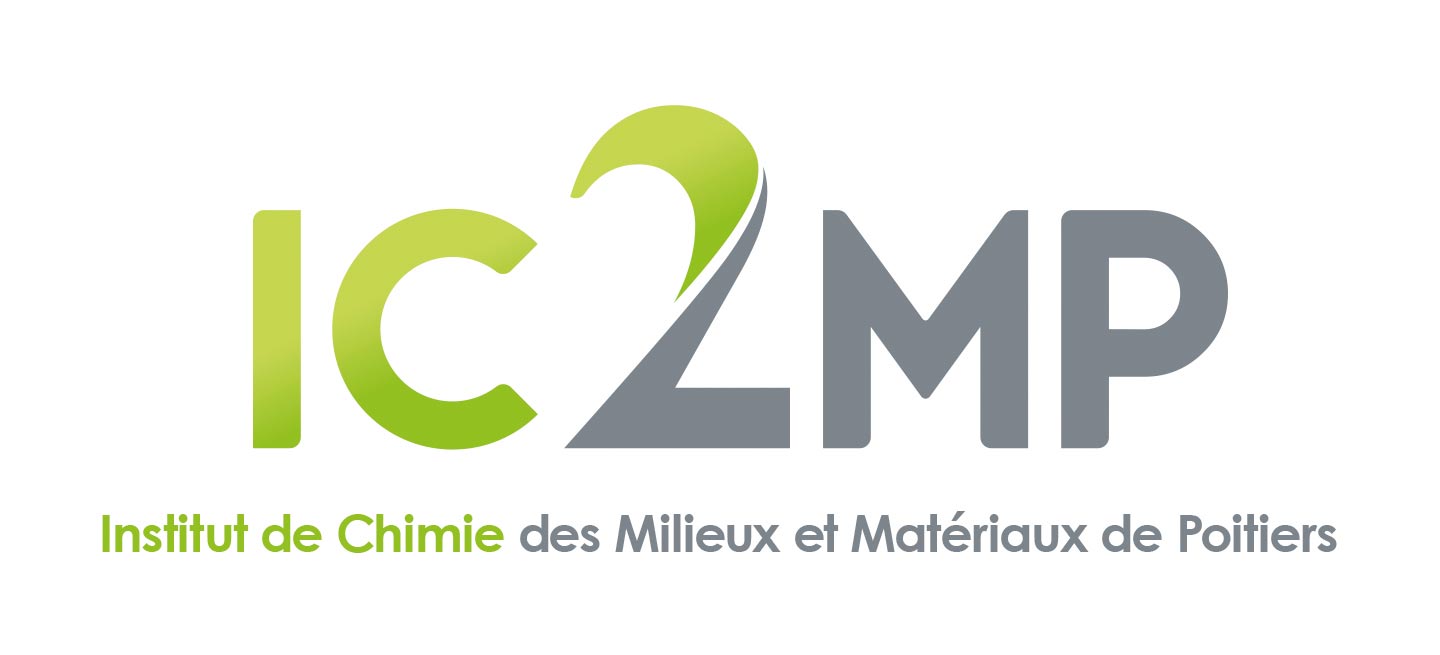First corrosion stages in Tournemire claystone/steel interaction: In situ experiment and modelling approach
Résumé
Steels are possible materials for high-level radioactive waste containers used in long-term geological disposal in claystone environments. The French Institute for Radioprotection and Nuclear Safety (IRSN) is conducting an experimental programme on claystone/steel interactions in underground natural conditions at its Tournemire Underground Research Laboratory (URL, Aveyron, France). In this programme, several experimental conditions have been tested: i) the location in the geological formation, ii) the nature of the steel, iii) the claystone texture, and iv) the water content. This programme has investigated, after six years of experimentation, the effect of these parameters on the degree of steel corrosion, the spatial transport of iron and the claystone/steel interaction processes. Whatever the context results indicate corrosion rates of about 3 mu m/year for carbon steels and about 0.1 mu m/year for stainless steels. A detailed petrological study of the claystone/steel interface reveals a clear influence of free water content and claystone texture on the iron transport processes. All the data obtained from this study demonstrate that, during the initial oxic stage of steel corrosion, oxygen entrapped in the claystone porosity reacts with iron to form goethite/lepidocrocite minerals. Even after six years of reaction, there is no observed evidence of the anoxic corrosion of steel, irrespective of the context. The precipitation of iron hydroxide within the claystone causes intense calcite dissolution and a slight dissolution of mixed-layered illite smectite. The minimum amount of oxygen required to form goethite in our experiments is estimated by thermodynamic simulations. This amount of oxygen is nearly the same as the amount of iron corroded. Moreover, additional simulations show that siderite forms when goethite becomes unstable under anoxic condition, and that the Tournemire mineral assemblage buffers the pore-water pH at a value close to neutrality, which prevents magnetite formation. Conclusions underline the important role played by oxygen entrapped in the near-field formation on the first iron corrosion stage. The quantification of the amount of oxygen present in the near field is a critical parameter that has to be taken into account in the nuclear waste storage safety assessment
